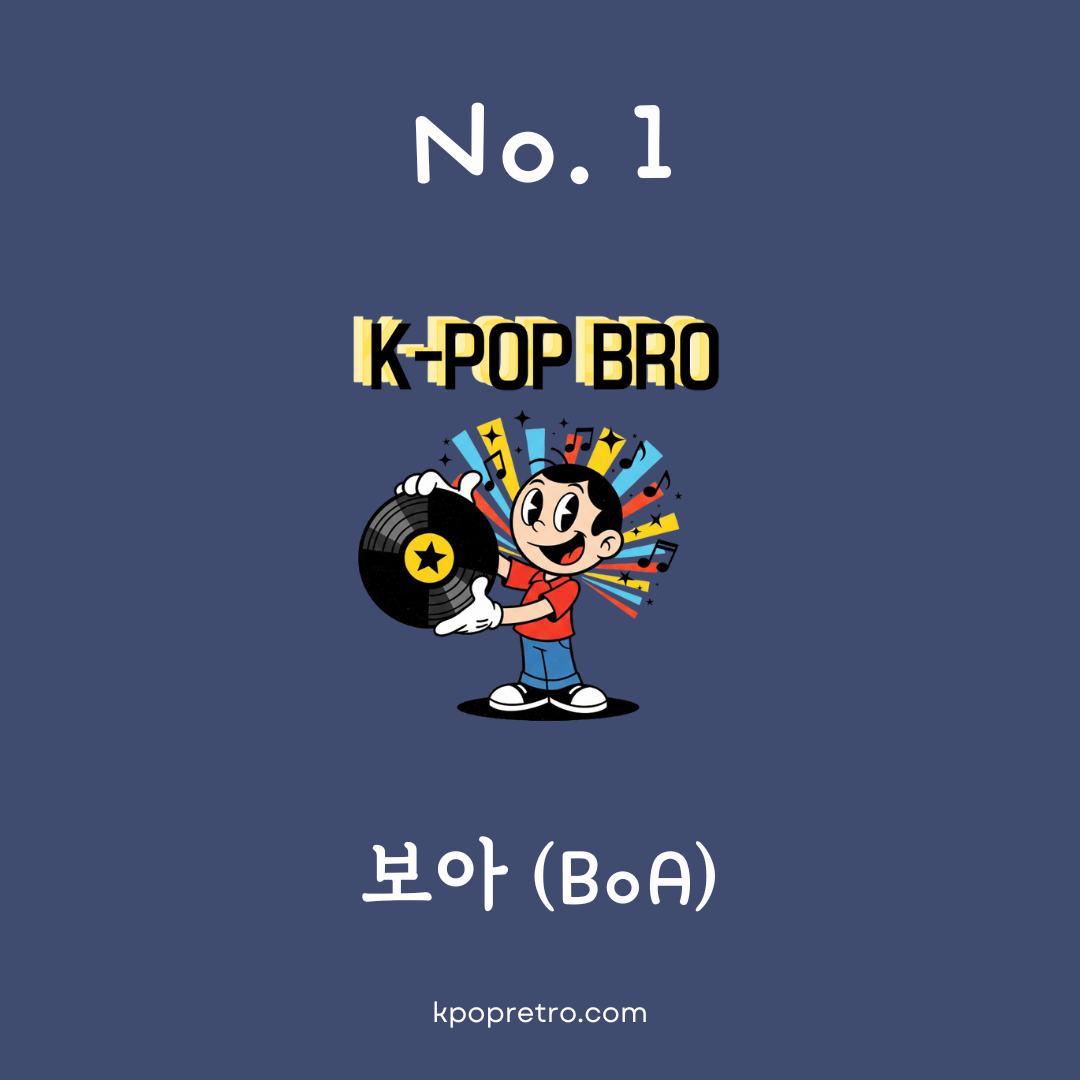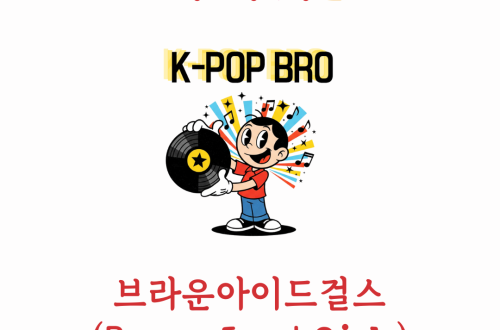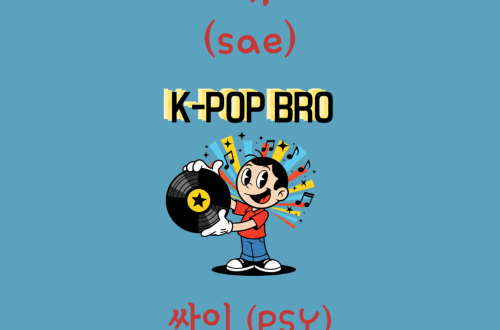The Global Strategy Behind BoA’s ‘No. 1’
Do you want to understand the exact moment K-Pop realized its true global potential? BoA’s ‘No. 1’, released in 2002, wasn’t just a massive hit; it was the track that cemented her status as the Star of Asia and validated the blueprint for K-Pop’s international expansion strategy.
Newer fans often focus on today’s massive groups but miss the foundational work done by solo powerhouses like BoA. This song is the definitive proof of concept for the modern K-Pop globalization model.
As a strategist, I clearly saw how this song perfectly married high-quality European production with the unmatched talent of an Asian solo artist. It created an unstoppable crossover force. We’ll analyze the track’s sophisticated production, the strategic marketing that targeted Japan and beyond, and why BoA’s ‘No. 1’ is a foundational pillar of K-Pop history.

Core Concept: The Strategic Solo Powerhouse
‘No. 1’ is strategically engineered pop perfection. The song is a definitive Euro-Pop/Dance Track characterized by driving synths, a relentless beat, and a clear, soaring melodic structure.
The core concept was Global Crossover and Dominance. The song was a deliberate, calculated strategy by SM Entertainment to make BoA the first truly successful Korean solo artist in the notoriously formidable Japanese market.
- The Sound: The song possesses a clean, polished sound that was immediately internationally competitive, designed to sound as appealing in Tokyo as it was in Seoul.
- The Artist: BoA was presented as an artist of impeccable skill—a dancer, vocalist, and bilingual performer—not just a fleeting idol. Her talent justified the global strategy.
- The Message: The title itself, ‘No. 1’, served as a confident, undeniable slogan, reflecting the song’s high quality and the artist’s immense ambition.
This strategic approach allowed BoA to succeed where many others failed, establishing a model for solo female excellence. Next, we’ll look at the specific musical blueprint that made this track an anthem.
Mastering the Global Production Blueprint
The strategic use of international talent in the music’s composition was key to its cross-border appeal. The success of BoA’s ‘No. 1’ lies as much in its production as it does in her performance.
Here are five elements of the ‘No. 1’ success formula:
- European Production: The track was famously produced and written by Swedish songwriters, ensuring the resulting sound was already aligned with international pop trends.
- The Driving Piano Riff: The main melody is built around a simple, yet instantly addictive piano riff. This musical simplicity ensures the song is memorable and retains its charm years later.
- Vocal Clarity and Power: BoA’s vocals are clear, powerful, and emotionally resonant. They demonstrate her technical prowess without sacrificing the track’s accessibility.
- Simple, High-Impact Choreography: The choreography was stylized and iconic, focusing on sharp lines and confident movements. It was designed for maximum visual energy and stage presence.
- The Title as a Slogan: The concise title ‘No. 1’ works perfectly in multiple languages and served as the confident soundtrack for her pan-Asian expansion.
The music, visuals, and message created an aura of polished professionalism that was impossible to ignore.
Key Moments: The Music Video and Lyrics
The music video presented a sharp, mature evolution of BoA’s style, perfectly reflecting her transition into a solo superstar. The lyrics provided the emotional depth behind the confident exterior.
| 어둠 속에 니 얼굴 보다가 나도 몰래 눈물이 흘렀어 소리 없이 날 따라오며 비춘 건 Finally 날 알고 감싸준 거니 처음 내 사랑 비춰 주던 넌 나의 이별까지 본 거야 You’re still my No.1 날 찾지 말아줘 나의 슬픔 가려줘 저 구름 뒤에 너를 숨겨 빛을 닫아줘(닫아줘) 그를 아는 이 길이 내 눈물 모르게 변한 그를 욕하진 말아줘 니 얼굴도 조금씩 변하니까 But I miss you 널 잊을 수 있을까 (Want you back in my life, I want you back in my life) 나의 사랑도 지난 추억도 모두 다 사라져 가지만 You’re still my No.1 보름이 지나면 작아지는 슬픈 빛 날 대신해서 그의 길을 배웅해 줄래(해 줄래) 못다 전한 내 사랑 나처럼 비춰줘 가끔 잠든 나의 창에 찾아와 그의 안불 전해 줄래 나 꿈결 속에서 따뜻한 그의 손 느낄 수 있도록 huh- doo doo doo doo- 하지만 오늘 밤 날 찾지 말아줘 나의 슬픔 가려줘 저 구름 뒤에 너를 숨겨 빛을 닫아줘(닫아줘) 그를 아는 이 길이 내 눈물 모르게 보름이 지나면 작아지는 슬픈 빛 날 대신해서 그의 길을 배웅해 줄래(해 줄래) 못다 전한 내 사랑 You’re still my No.1 (you’re still my No.1) | Looking at your face in the darkness, Tears unknowingly flowed down my face. Was the light that followed me silently and shone upon me Finally recognizing me and embracing me? You, who first shone a light on my love, even saw my breakup. You’re still my No.1. Don’t look for me, hide my sadness. Hide yourself behind that cloud and close the light (close it), So this road, which knows him, doesn’t know my tears. Please don’t curse the one who has changed, Because your face is also slowly changing. But I miss you. Will I be able to forget you? (Want you back in my life, I want you back in my life) Although my love and all the past memories Are all fading away, You’re still my No.1. That sad light that gets smaller after the full moon passes, Will you see him off on his path instead of me (instead of me)? Shine the love I couldn’t fully express, just like me. Sometimes, come visit my window while I’m asleep, And tell me how he is. So I can feel his warm hand In my dreams. Huh- doo doo doo doo- But don’t look for me tonight, Hide my sadness. Hide yourself behind that cloud and close the light (close it), So this road, which knows him, doesn’t know my tears. That sad light that gets smaller after the full moon passes, Will you see him off on his path instead of me (instead of me)? The love I couldn’t fully express, You’re still my No.1 (you’re still my No.1). |
Checklists: Why ‘No. 1’ Achieved Star of Asia Status
The track’s monumental success was a calculated outcome based on several key factors.
- Internationally Competitive Production: Using foreign producers ensured the track sounded globally polished and modern.
- Clear, Confident Slogan-Title: The ‘No. 1’ title became instantly recognizable and aspirational.
- Impeccable Solo Skillset: BoA’s mastery of dance and vocals justified the intense strategic push.
- Strategic Dual-Market Release: The song found massive success in both Korea and Japan, confirming her ‘Asia’s Star’ title.
- Aesthetic Maturity: The concept successfully transitioned her from a talented teenager to a commanding solo adult artist.
- Enduring Melody: The simple, powerful hook has ensured the song’s relevance for over two decades.
This track served as the definitive template for how to build a solo artist for global success.
Case Studies: The Global Strategy Model
The data on ‘No. 1’ is proof of its strategic genius. Not only did it sweep the Daesangs (Grand Prizes) in Korea, but it simultaneously solidified BoA’s status as the first truly successful Korean solo artist to break the Japanese market.
The song’s triumph demonstrated to the entire K-Pop industry the importance of high-quality, strategically produced dance-pop for international appeal. Its success directly influenced the globalization plans of every major agency that followed. The victory of BoA’s ‘No. 1’ proved that K-Pop could compete head-to-head with any international pop act, justifying the massive financial and strategic investment in the next generation of global idols.
This song is the ultimate evidence that meticulous planning equals global success in the music industry.
Frequently Asked Questions about BoA’s ‘No. 1’
Is BoA considered a 1st or 2nd Generation K-Pop artist? BoA is often considered a pioneer of the 1.5 Generation or the start of the 2nd Generation. Her strategic focus on the global market and her international production style set her apart from the 1st Generation and created the blueprint for the 2nd.
Why did the title ‘No. 1’ work so well? The title is universal, confident, and works perfectly as a slogan in both English and Korean. It aligned perfectly with her strategic goal of being the dominant solo artist in Asia.
How was the production of BoA’s ‘No. 1’ different? Unlike many domestic productions at the time, ‘No. 1’ utilized a foreign (Swedish) songwriter and producer, giving it an inherently international Euro-Pop sound that was highly competitive in both the Korean and Japanese markets.
Why is BoA called the “Star of Asia”? She earned this title due to her simultaneous dominance of the Korean and Japanese music markets in the early 2000s, becoming one of the first Korean artists to sell over one million albums in Japan.
Conclusion and Takeaway
BoA’s ‘No. 1’ is a defining track that launched her career as the first true K-Pop global soloist. Its success was the result of a flawless execution, superior international production, and masterful strategic marketing. The song’s simple, perfect melody masks the complex planning that turned a talented teenager into the Star of Asia.
Remember that the history of K-Pop is built on these strategic moves. ‘No. 1’ is the essential blueprint for solo artist success in the global market.
Next Action Proposal
To fully appreciate her strategic genius, search and compare the Korean version and the Japanese version of the song. Notice the subtle production differences and her seamless linguistic versatility.





